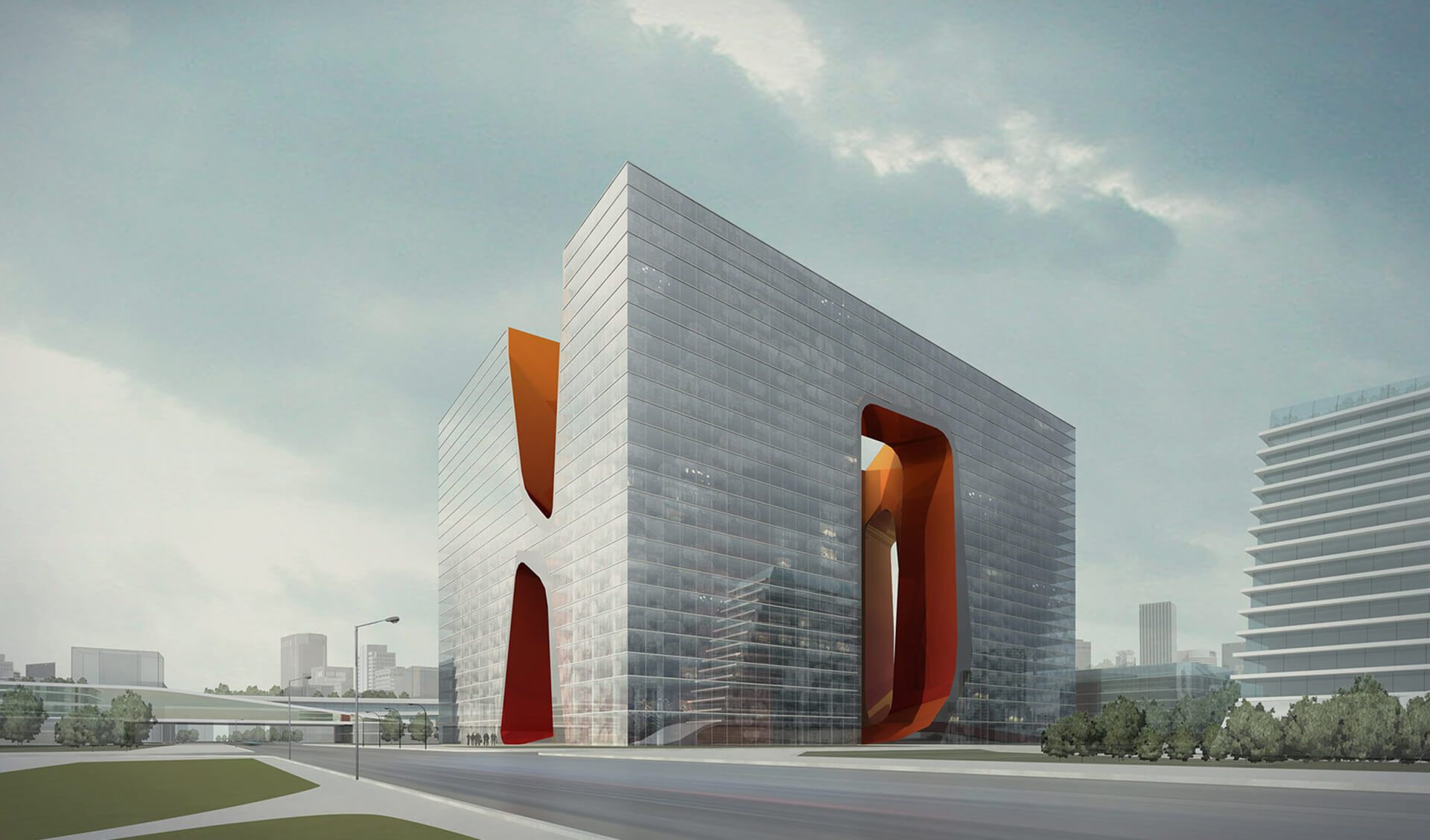For centuries, architects have relied on glass to enrich aesthetics, maximize natural light, and optimize energy performance. Today, many modern designs highlight glass as a central and defining building material.
What is glass?
Glass is a solid, transparent material formed by heating sand or quartz to extreme temperatures. It results from a blend of raw ingredients such as silica, sodium or potassium carbonate, lime or lead oxide, and manganese oxide. Being inorganic, glass can be either transparent or translucent and is easily shaped into a variety of forms.
Why is it used?
The applications of glass are vast and diverse.
Available in a wide range of sizes and elegant styles, glass is used in block walls, partitions, and windows to provide beauty, transparency, and natural light. It can also be produced in numerous colors. Moreover, its appearance is influenced by environmental conditions—sunlight at midday or sunset, cloud cover, and reflections from the sky can all alter how glass is perceived.
Types of Glass Commonly Used in Architecture
Architects frequently rely on reinforced, toughened, and laminated glass. The most widely available glazing option is sheet glass, commonly used for doors and windows. Plate glass is another standard choice, appearing in windows, storefronts, buildings, and workshops. Wired glass, which contains a wire mesh, offers similar impact resistance to regular glass, but the mesh prevents fragments from scattering when it breaks. Laminated glass is often chosen for skylights and automobile windshields.
Advantages of Using Glass:
- Glass can absorb, refract, or transmit light—allowing up to 80% of natural daylight to pass through.
- Maximizing daylight reduces electricity costs, brightens interiors, and can enhance occupants’ well-being.
- Glass is highly resistant to weather, withstanding wind, rain, and direct sunlight.
- It remains unaffected by noise, air, or water infiltration.
- Its smooth, glossy surface makes it dust-resistant and easy to clean.
With its wide range of types, functions, and benefits, glass has become a cornerstone of modern architecture and design. It elevates the visual appeal of buildings, reduces energy costs through efficiency, and offers lasting durability.

